Question:1
What are you required to do when the following road sign is placed?

Category : Traffic Signs
Question:2
The vehicle’s headlights light the road with:
Category : Rules and Regulations
Question:3
When you are driving behind another vehicle:
Category : Safety
Question:4
When is a driver required to drive on an asphalt paved hard shoulder?
Category : Rules and Regulations
Question:5
What factors affect the stability of a freight-carrying commercial vehicle while driving in a curve?
Category : Safety
Question:6
As far as the law prohibiting smoking in public places is concerned, is a bus considered to be a public place?
Category : Rules and Regulations
Question:7
Which vehicle may be used to transport school children?
Category : Rules and Regulations
Question:8
When is it obligatory to operate the vehicle’s different types of decelerators or retarders ?
Category : Rules and Regulations
Question:9
What is a “touring vehicle”?
Category : Rules and Regulations
Question:10
Which additional system, absent in other types of vehicles, is found in tractors?
Category : Safety
Question:11
Under which conditions is it permitted to drive in reverse
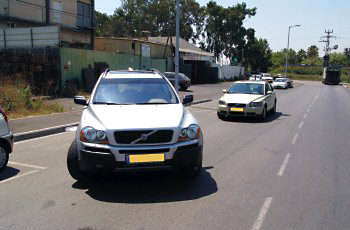
Category : Rules and Regulations
Question:12
What are you required to do according to the following traffic signs?
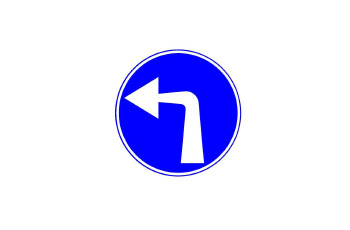
Category : Traffic Signs
Question:13
What is the meaning of the following traffic sign?
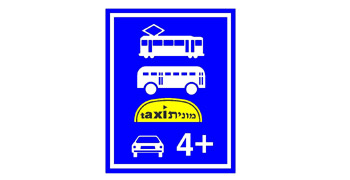
Category : Traffic Signs
Question:14
Which identifying details must be provided by a vehicle driver involved in a road accident with casualties?
Category : Rules and Regulations
Question:15
Which of the following traffic signs requires driving according to the road’s condition?

Category : Traffic Signs
Question:16
What is tariff 2?
Category : Rules and Regulations
Question:17
What are you required to do when the following traffic light is placed (and is flashing)?
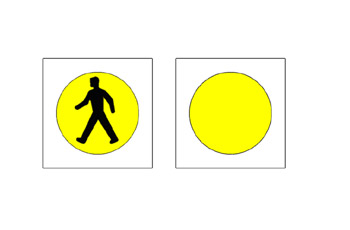
Category : Traffic Signs
Question:18
Which of the following items must be placed in a passenger bus on city route?
Category : Rules and Regulations
Question:19
How would you seat a child more than three years and less than eight years of age inside a vehicle?
Category : Rules and Regulations
Question:20
What does the law state as regards to a vehicle driver refusing to undergo a Breathalyzer test at the request of a policeman?
Category : Rules and Regulations
Question:21
In a vehicle, towing a trailer the distance between the rear part of the towing vehicle and the front part of the trailer should not be more than:
Category : Rules and Regulations
Question:22
A vehicle registration document shall not be issued for a bus or renewed for a bus:
Category : Rules and Regulations
Question:23
How are you required to conduct yourself when a traffic light displays a green light but the intersection is blocked by vehicles?
Category : Rules and Regulations
Question:24
What problem faces a vehicle driver who is driving at a high speed?
Category : Safety
Question:25
Is it specified by the following road sign which rules for giving right-of-way should be applied?
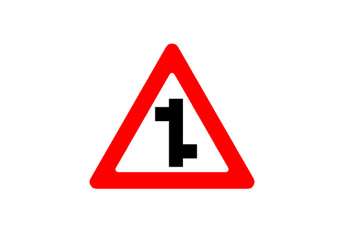
Category : Traffic Signs
Question:26
You arrived to an intersection that is not clear:(free)
Category : Safety
Question:27
The risk of skidding on a wet road is greater:
Category : Safety
Question:28
The use of which safety restraints is obligatory when driving children less than eight years of age?
Category : Rules and Regulations
Question:29
What are the side effects of using malfunctioning windshield wipers?
Category : Know Your Vehicle
Question:30
On which of the following trailers and semi-trailers is it obligatory to install an independent brake?
Category : Rules and Regulations

